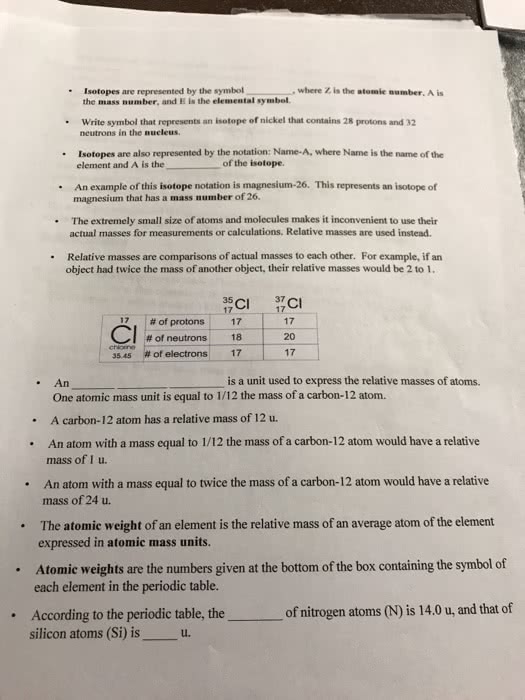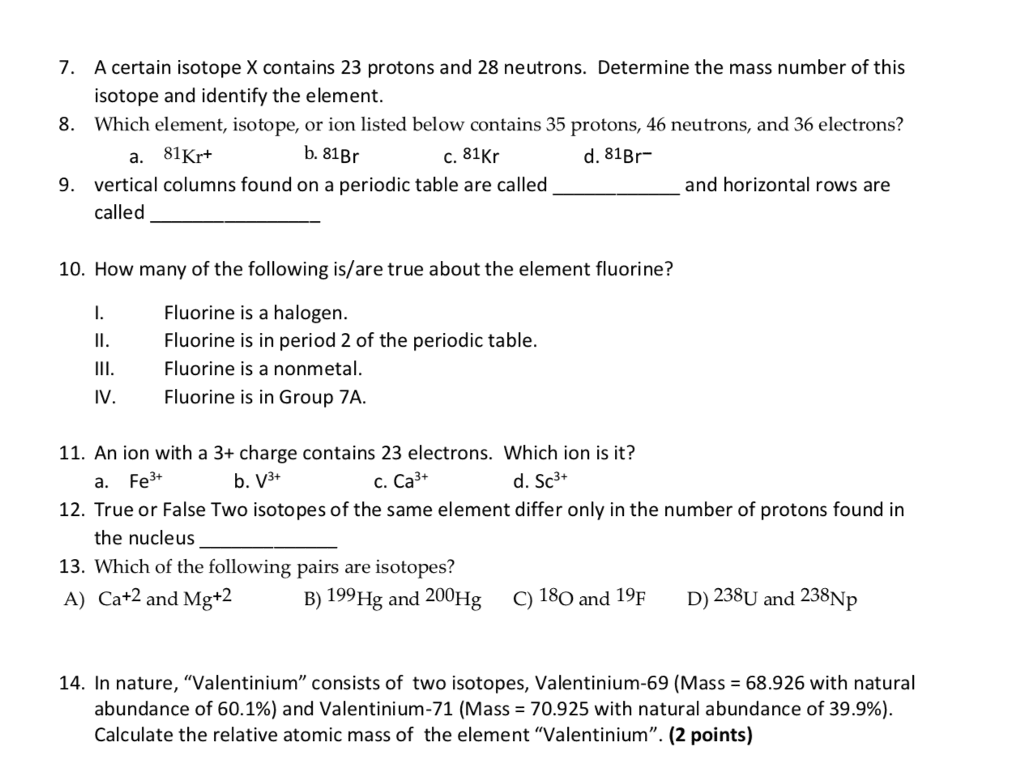CHM211H5 Chapter Notes - Chapter 1.1-1.3: Atomic Radius, Electronegativity, Dmitri Mendeleev
Document Summary
The development of the modern periodic table is mainly credited to dimitri mendeleev, a russian chemist who devised a method of organizing the elements based on their periodicity, and atomic number. Today he is known as the father of chemistry, and is famous for predicting undiscovered elements during his time. Relative atomic mass: the mass of each element relative to carbon-12, which is assigned an atomic mass of 12. Periodicity: patterns of physical and chemical properties that repeat at regular intervals in the periodic table. Periodic law: elements arranged in order of increasing atomic number show a periodic repetition of properties. Mass number: the total number of protons and neutrons in a nucleus. Radioactivity: the release of radiation when the atoms of an isotope are transferred into atoms of an isotope of another element or a different element or a different isotope of the same element. Silicon has three stable isotopes; 28si, 29si, and 30si, with an abundance of.



